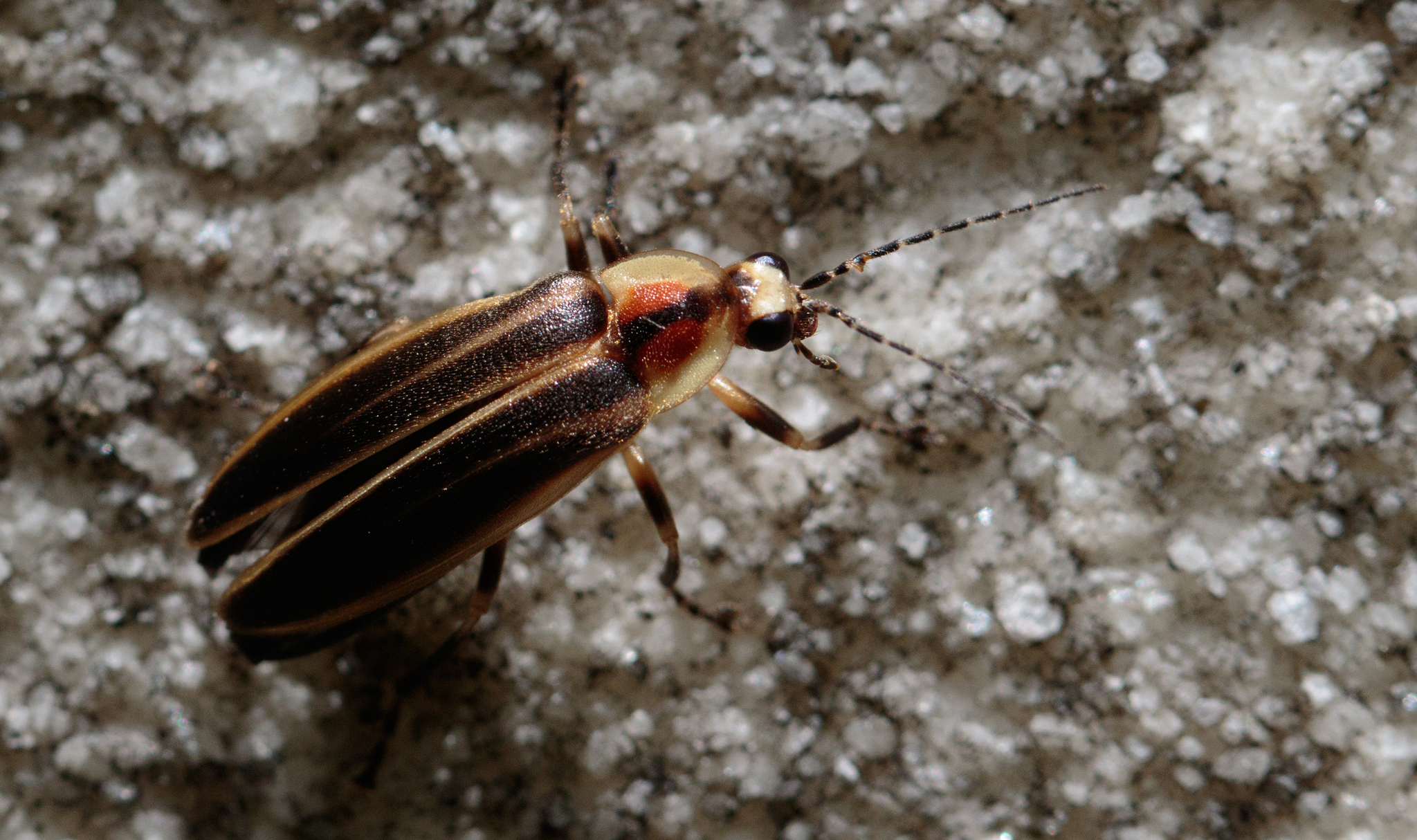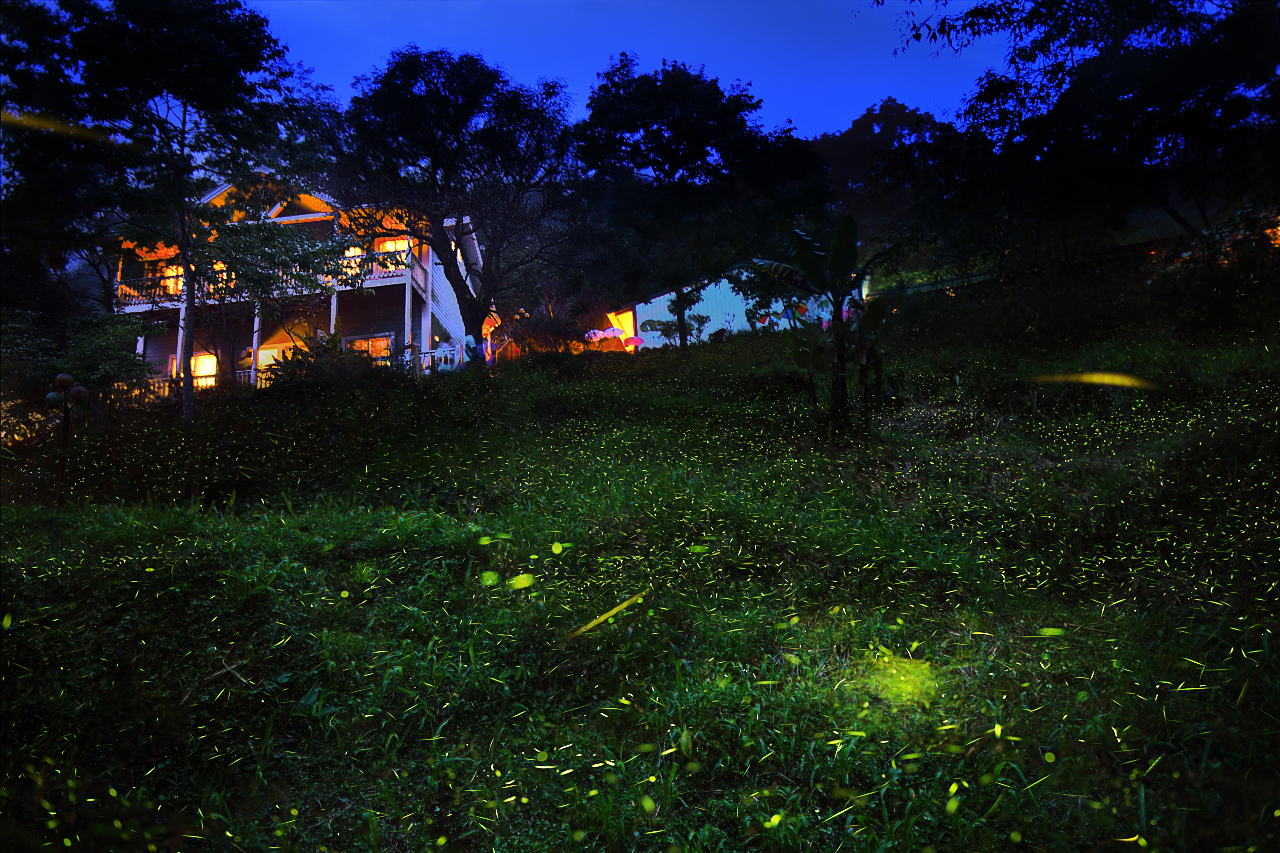I love fireflies for how they transform places, making them feel both safe and mysterious. As a child, I was comforted by their blinking lights as I walked in the dark, and their seasonal return was always a source of delight and awe. Even as I learned about the chemistry behind their bioluminescence, the sense of wonder remained.
This weekend marks World Firefly Day
Light pollution impacts fireflies, some more than others
Some fireflies can persist in densely populated areas. Big
 A Photuris firefly in a green space in Brooklyn, New York. Photo by Marc Brawer, iNaturalist CC BY-NC.
A Photuris firefly in a green space in Brooklyn, New York. Photo by Marc Brawer, iNaturalist CC BY-NC.
However, not all species can live in the altered habitats and artificially lit environments of human cities. Fireflies that display after dark, rather than at dusk, are particularly susceptible to light pollution. Furthermore, fireflies in which adult females are flightless (such as the
Easy steps and “dark sky” standards can protect your local fireflies
The good news is that whether you live in a metropolis or out in the country, there are actions you can take at both the individual and community level to enjoy lightning bugs, fireflies, and glowworms as neighbors.
At the home level:
- Do a self-audit of artificial light at night. Simple actions like closing blinds or curtains at night, switching to timed lights, or installing shields on porch lights, can dramatically reduce the artificial light at night that confuses, discourages, and drowns out fireflies.
- Don’t use pesticides in your yard or garden. Pesticides applied to treat grubs or mosquitoes can harm and kill fireflies and other insects and may degrade habitat or reduce firefly prey populations.
At the community level:
- Investigate your town or city’s lighting ordinances and encourage leaders and policy makers to adopt dark sky standards.
- Encourage managers of local parks to make public green spaces as friendly for pollinators and fireflies as possible.
 Fireflies at dusk outside a lit house. (Photo: Jerry Lai, Flickr.com.)
Fireflies at dusk outside a lit house. (Photo: Jerry Lai, Flickr.com.)
You can also get to know the lightning bug and glow-worm species in your area, and learn more about how they live and what they need. Read more about these threatened species in the State of the Fireflies of the United States and Canada report. There may be a threatened firefly in your region that needs you as a champion!
The fleeting wonder of watching fireflies reminds me not to take things for granted -- not time, not the tiny beings that live around us, not the healthy habitats that sustain biodiversity. Fireflies remind us that we are lucky to be alive and sharing the world with them.




